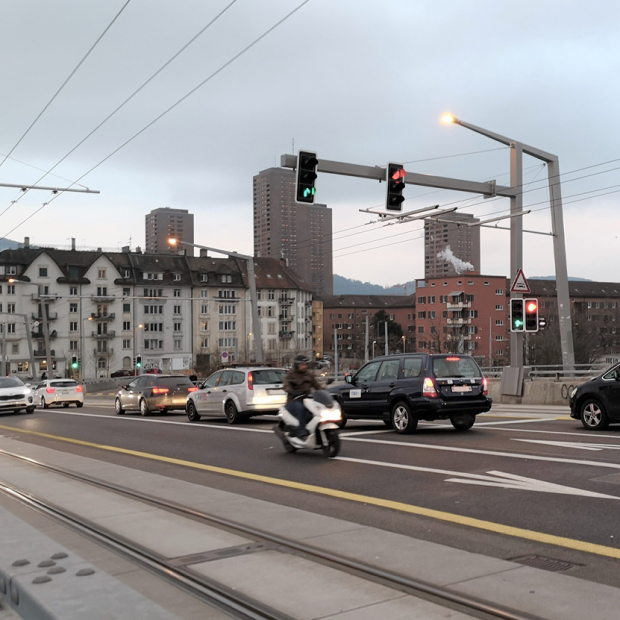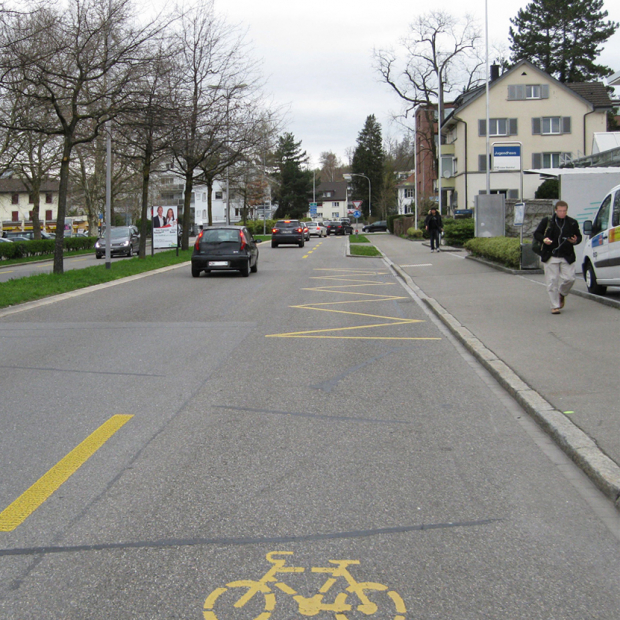

Evaluating the effectiveness of traffic safety measures
What are the most effective and efficient infrastructure measures for preventing traffic accidents? And what are the best methods of evaluating the success of traffic-safety measures? EBP helped the Swiss Competence Centre for Accident Prevention (bfu) to develop the new road infrastructure evaluation tool known as MEVASI.
The bfu plans to use the MEVASI tool to gather and evaluate data pertaining to infrastructure-related, traffic-safety measures implemented throughout Switzerland. The examination’s focus will include implemented measures such as separate bicycle paths and pedestrian walkways, traffic circles, guardrails and other traffic barriers. All of the examined measures are to have been implemented to minimize the occurrence of traffic accidents. Given the limited resources available to municipalities, it is essential to subject implemented measures to continuous evaluation, i.e. to determine the extent to which they are effective and meaningful. In this connection, EBP examined whether an existing method of analyzing effectiveness can be applied in the context of the MEVASI project.
The focus of the project is on the effectiveness and efficiency of infrastructure measures. These qualities are measured on the basis of key accident statistics, including the number of accident occurrences, their associated economic costs and the costs of the implemented measures. The results of the analysis are to provide a basis for identifying the most suitable and effective measures for various traffic situations (e.g. outfitting an intersection with traffic lights, creating additional exit lanes, replacing an intersection with a roundabout, etc.).
By taking account of accident-occurrence data and the cost-benefit ratio of various measures adopted to prevent accidents, the analysis offers road operators and planners support when it comes to identifying and implementing appropriate measures.









